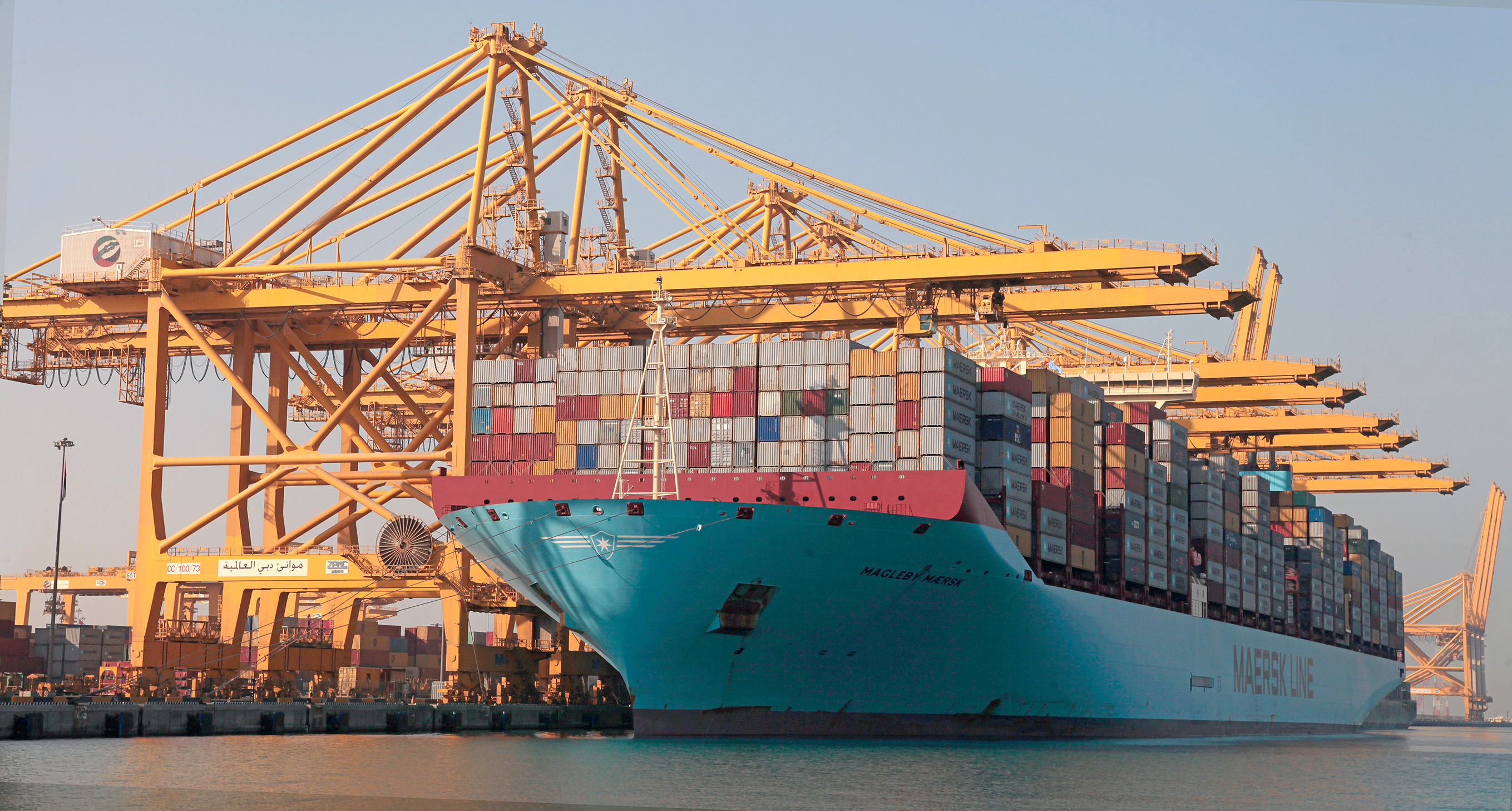Iran’s trade with China has seen a 70% growth under the current Iranian government compared to the previous one, rising from $45 billion during the four years in office of former president Mahmoud Ahmadinejad’s administration to over $76 billion since incumbent President Hassan Rouhani took office in August 2013.
A total of $43.73 billion worth of commodities have been imported into Iran from China under Rouhani, registering a 66.5% increase compared to the value of all Chinese exports to Iran under the previous administration.
Iran’s imports from China mainly consist of intermediate and capital goods for industrial machinery and equipment, cast iron, steel, complete knocked-down parts of road construction machinery, plastic products as well as electric and electronic devices and machinery.
Yet, consumer goods such as apparel, mobile phones, polyester, chemicals, household appliances and telecommunications equipment make up a considerable share of Iran’s imports from the world’s second biggest economy.
The increase in imports followed the removal of international sanctions against trade with Iran in January 2016 as a consequence of the nuclear deal the country signed with world powers in 2015. The removal of sanctions, in turn, made it possible for foreign ships, including Chinese ones, to once again dock in Iranian ports.
Iran’s non-oil exports to China, including iron ore, copper concentrates, sulfur, marble and travertine stones, have increased 73% under Rouhani to reach $32.45 billion.
According to Mohammad Saeednejad, the head of Iran’s Ports and Maritime Organization, under the sanctions, major international shipping companies preferred to trans-ship imports to Iran
This involved unloading Iran-bound cargo in the ports of Persian Gulf littoral states, mainly the UAE, to be later shipped to Iran on smaller vessels. Therefore, Dubai had a substantial share in imports to Iran during that period.
“At present and after the lifting of sanctions, the lion’s share of goods imported to Iran is directly shipped to the country via 18 internationally renowned shipping companies,” Saeednejad was quoted as saying by IRNA.
According to the Ministry of Roads and Urban Development, close to 145 million tons of oil and non-oil goods were loaded and unloaded in Iranian ports in the last fiscal year (that ended March 20, 2017), registering a 4.3% rise compared to March 2013-14 when Rouhani came to power.
The ports handled 58.2 million TEU of containers last year, indicating a 162% hike over March 2013-14 after a sharp fall to 1.2 million TEU was registered in March 2014-15.
A total of 49 million tons of non-oil goods were exported from Iranian ports last year, up 11% compared to March 2013-14. However, non-imports saw a 6% decline to stand at 33 million tons.
Last year, 9,301 vessels berthed at Iranian ports, which show a 10% increase compared to March 2013-14. The number of ships docking at Iranian ports reached its peak of 9,534 during March 2015-16.
Marine passenger transportation rose 17% during the four years under review to 7.17 million passengers last year.
International shipping lines are increasingly sending their vessels to Iranian destinations that were previously blacklisted by sanctions.
According to Saeednejad, 17 major global shipping lines have resumed their services to Iran since the removal of nuclear sanctions.
“As a result of the nuclear deal, Iran’s marine activities are now completely back to normal,” the official was quoted as saying in January.
Mediterranean Shipping Company, the world’s second-largest shipping line in terms of container vessel capacity, and Evergreen Line are among top shipping lines that have resumed cooperation with Iranian ports.
France’s CMA CGM, the world’s third largest container shipping group, called at Shahid Rajaee, Iran’s biggest container port at the mouth of Strait of Hormuz, in August 2016. The company teamed up with Islamic Republic of Iran Shipping Lines to share vessel capacity and jointly operate routes and marine container terminals.
Maersk Line expanded its footprint in Iran by adding a second port of call less than three months after it resumed services to the country following the lifting of sanctions. The Danish carrier, which suspended services in 2012, added the port of Bushehr to its Iran coverage in 2017. Its service was re-launched with calls to Bandar Abbas in October last year.


